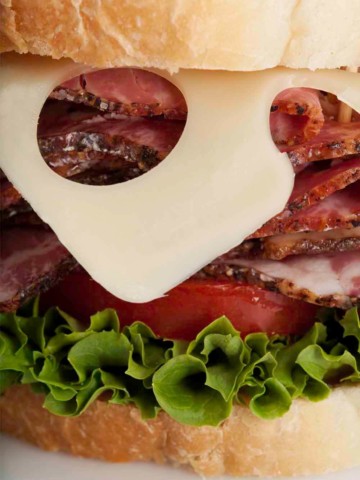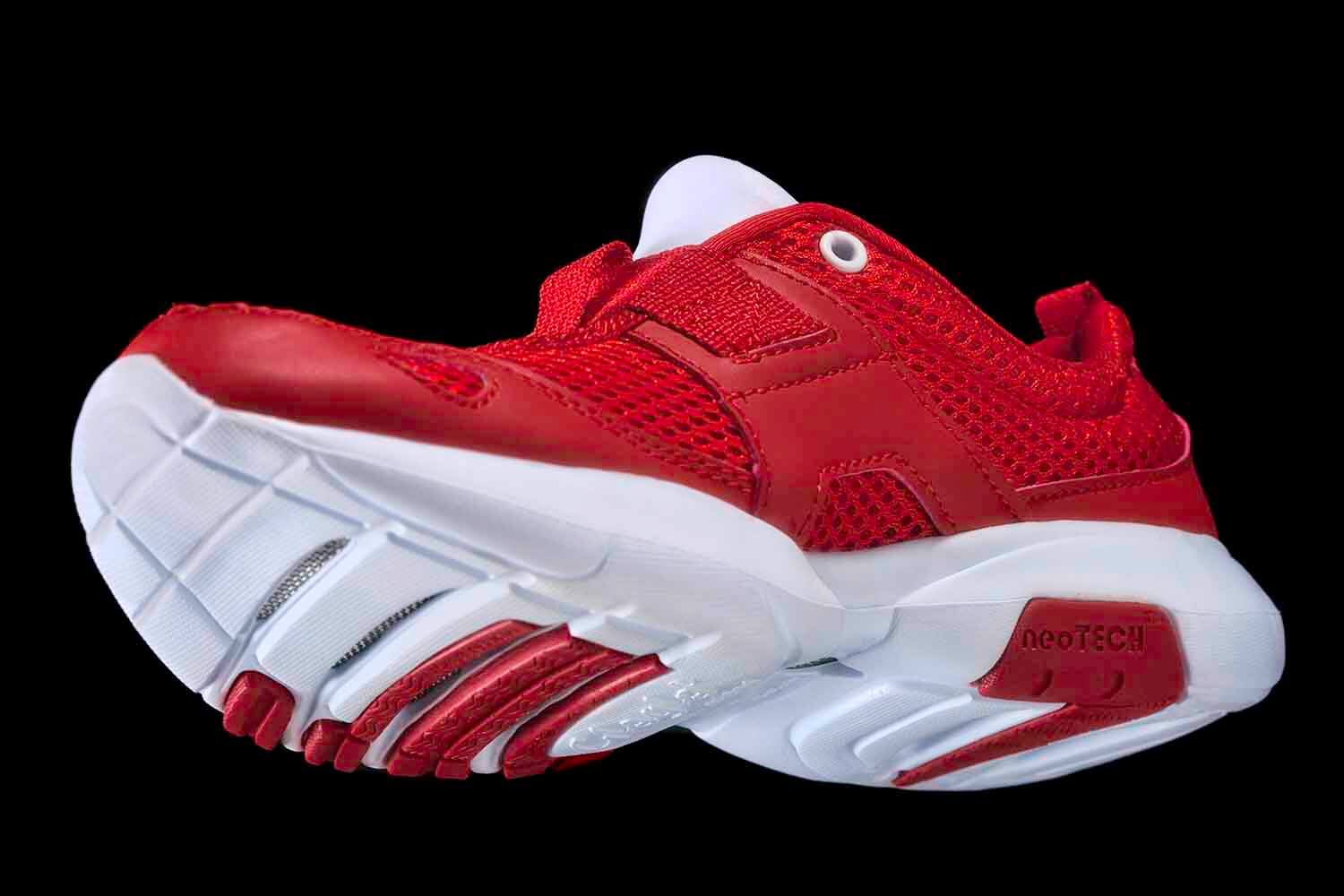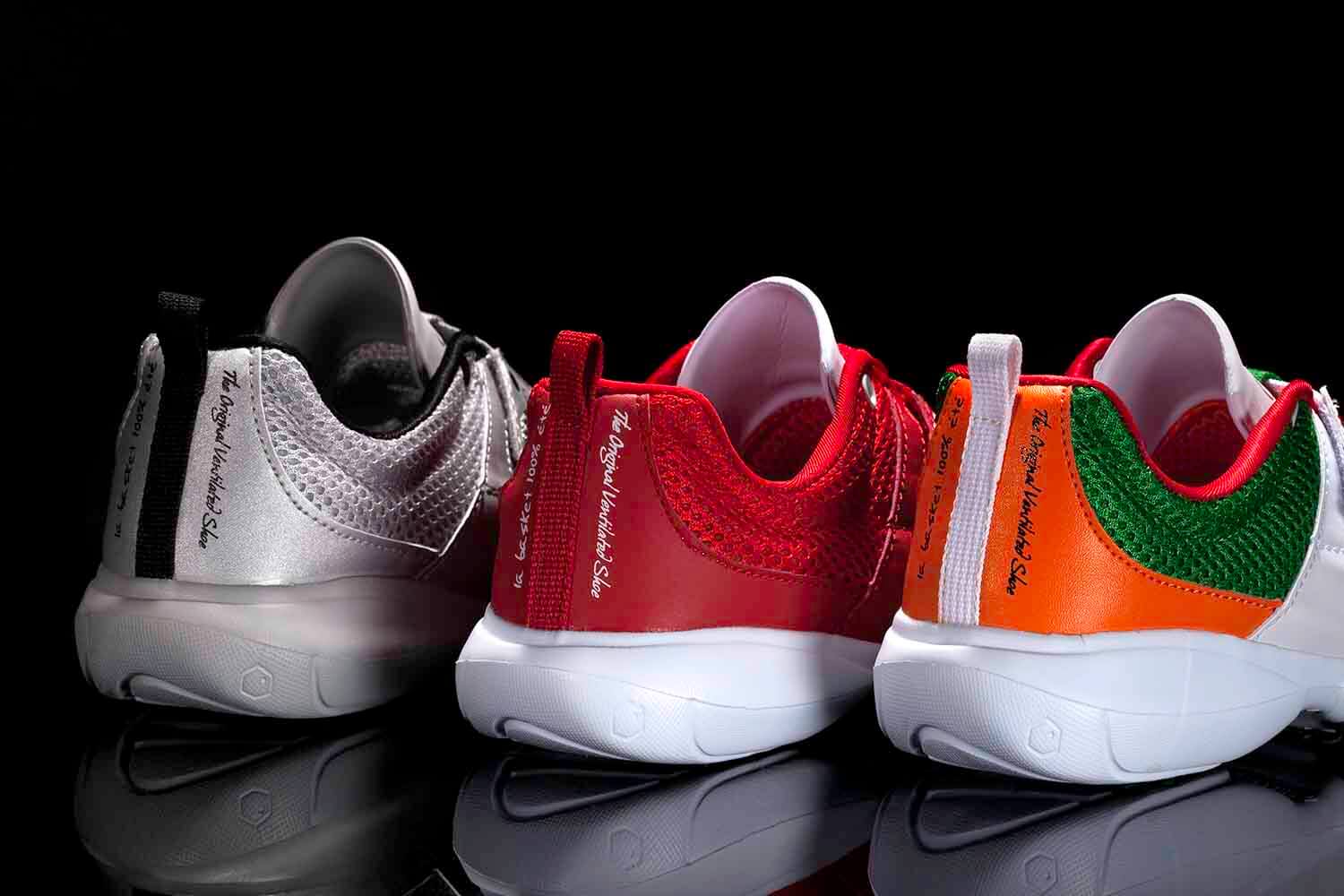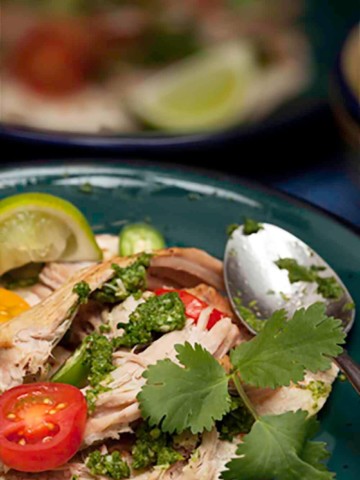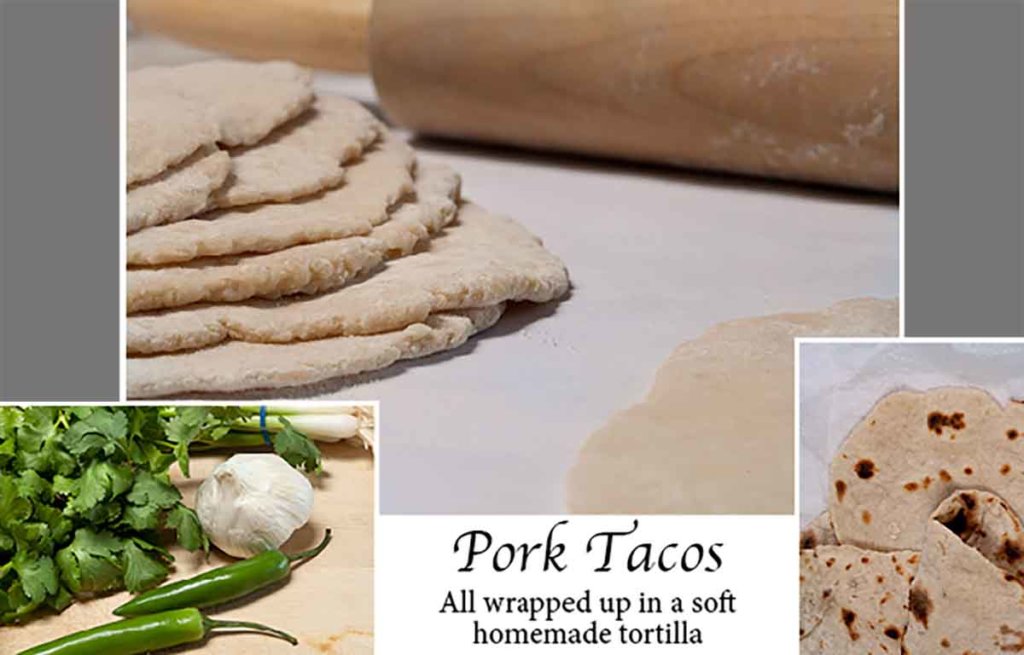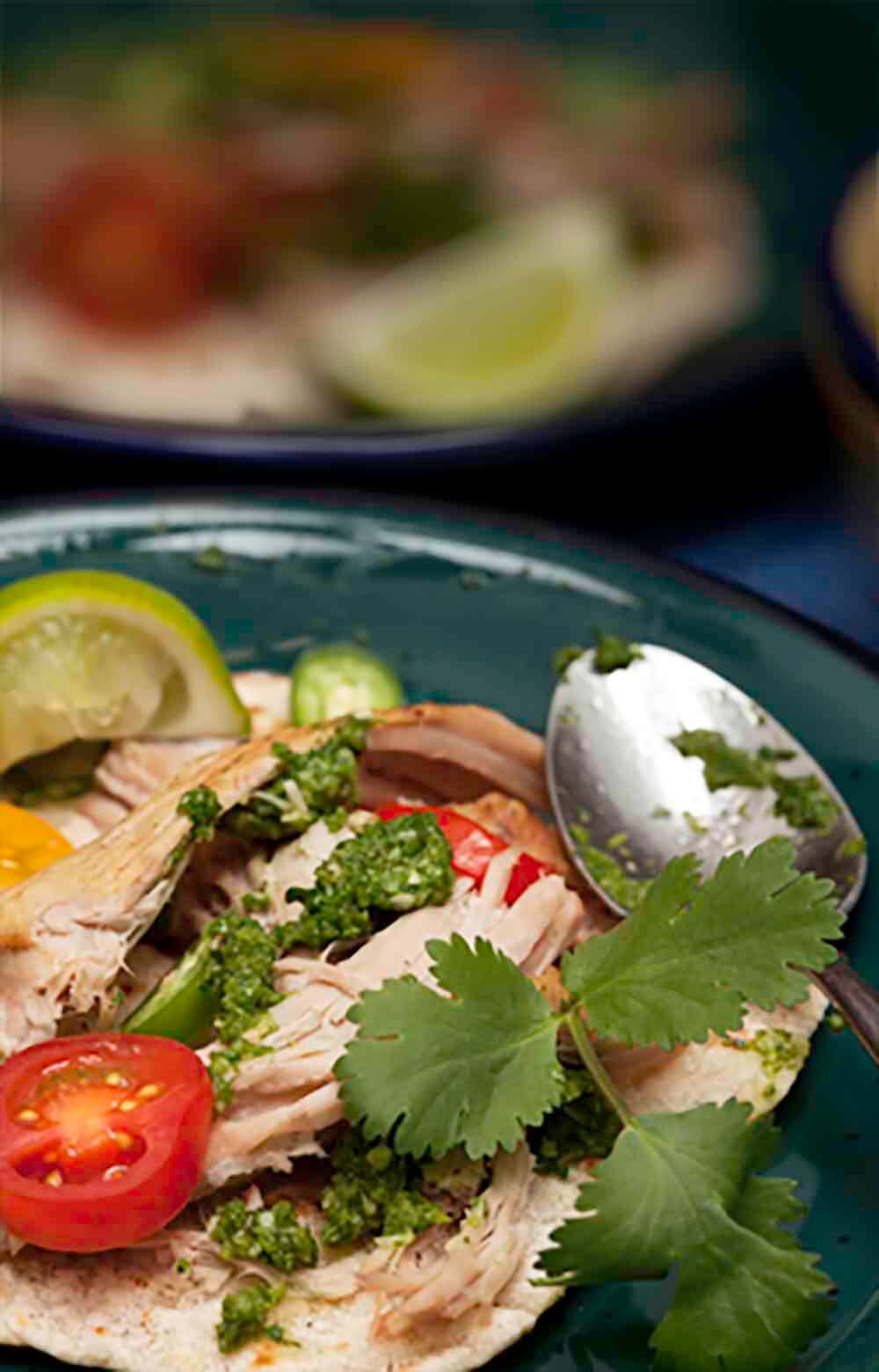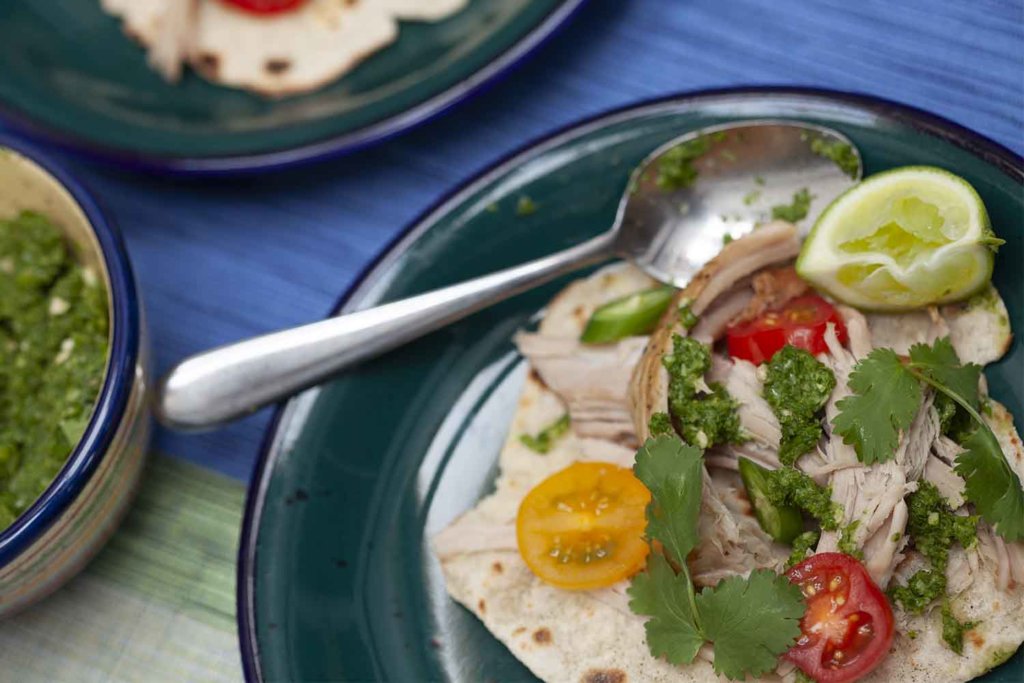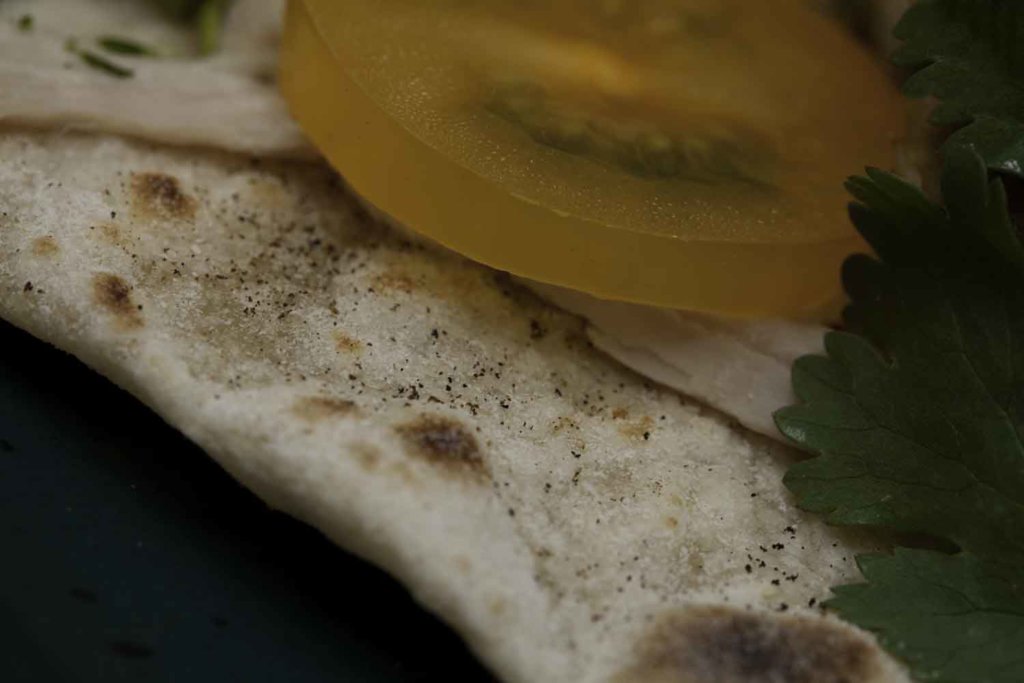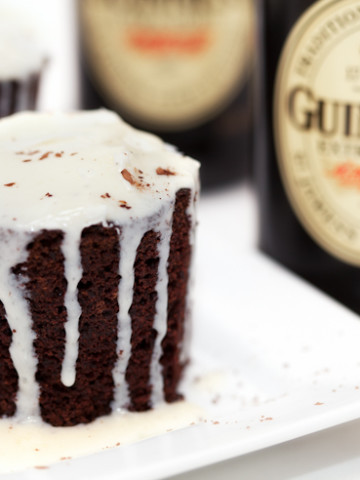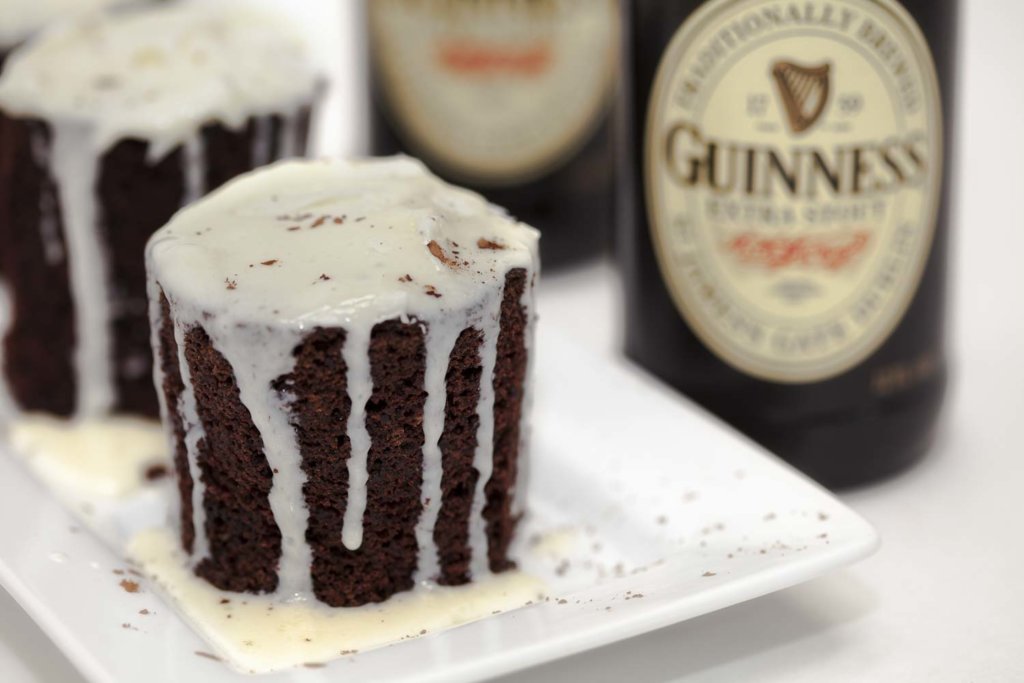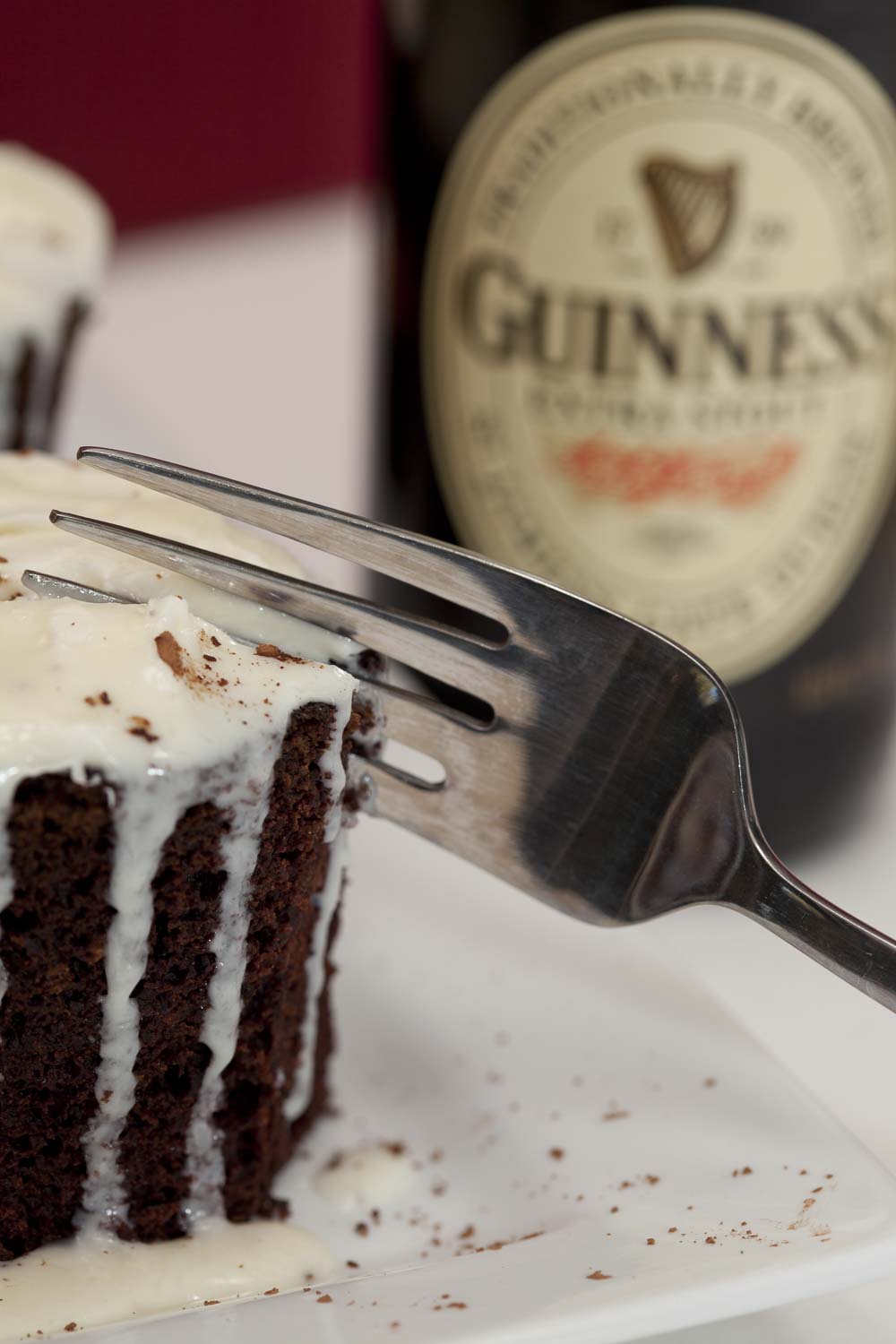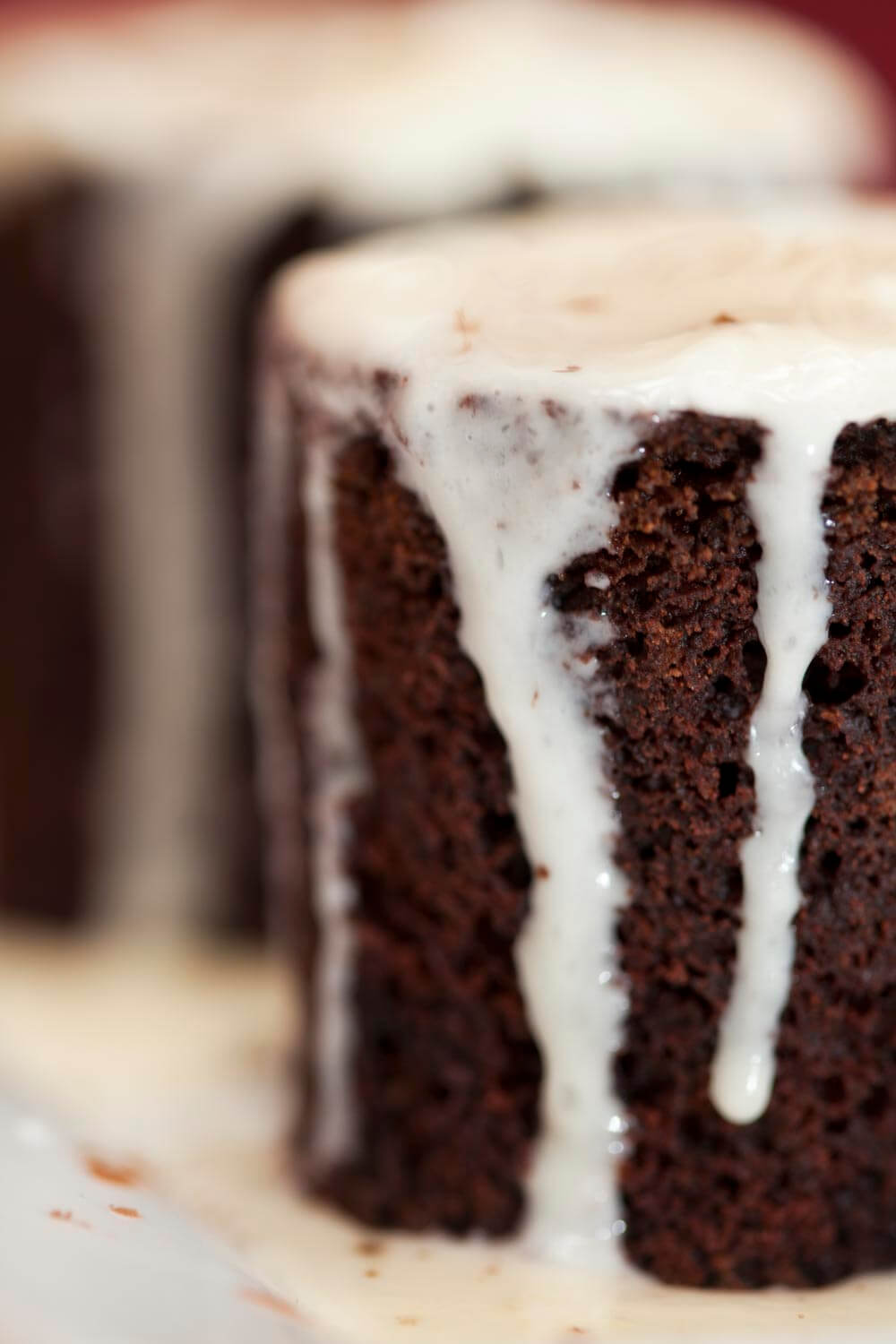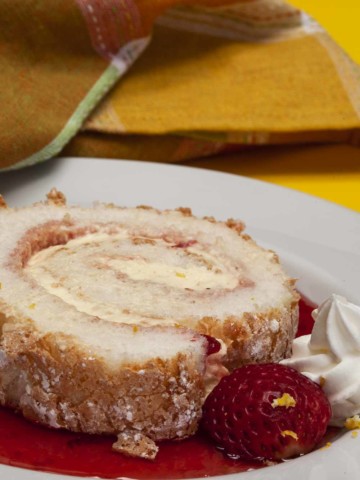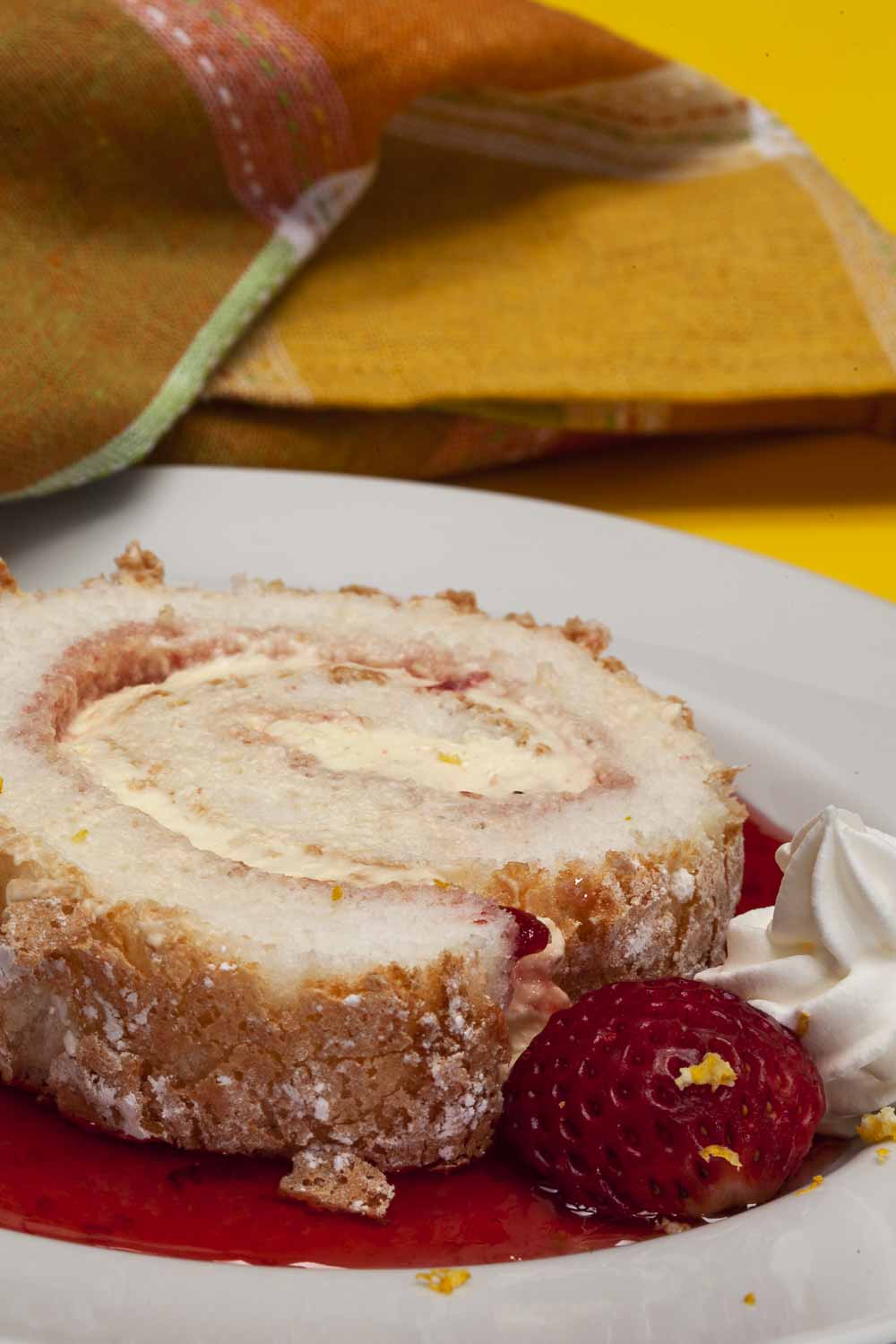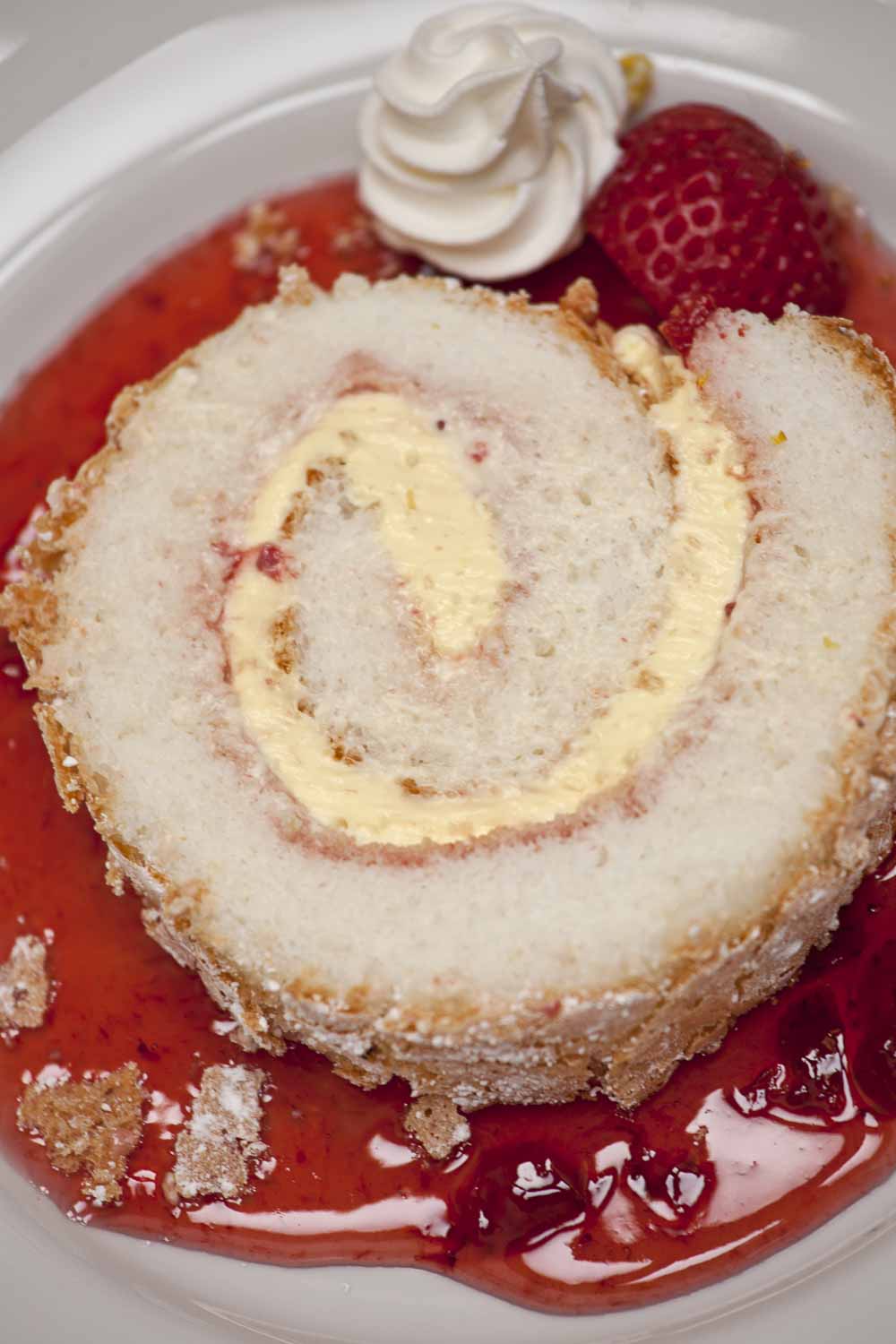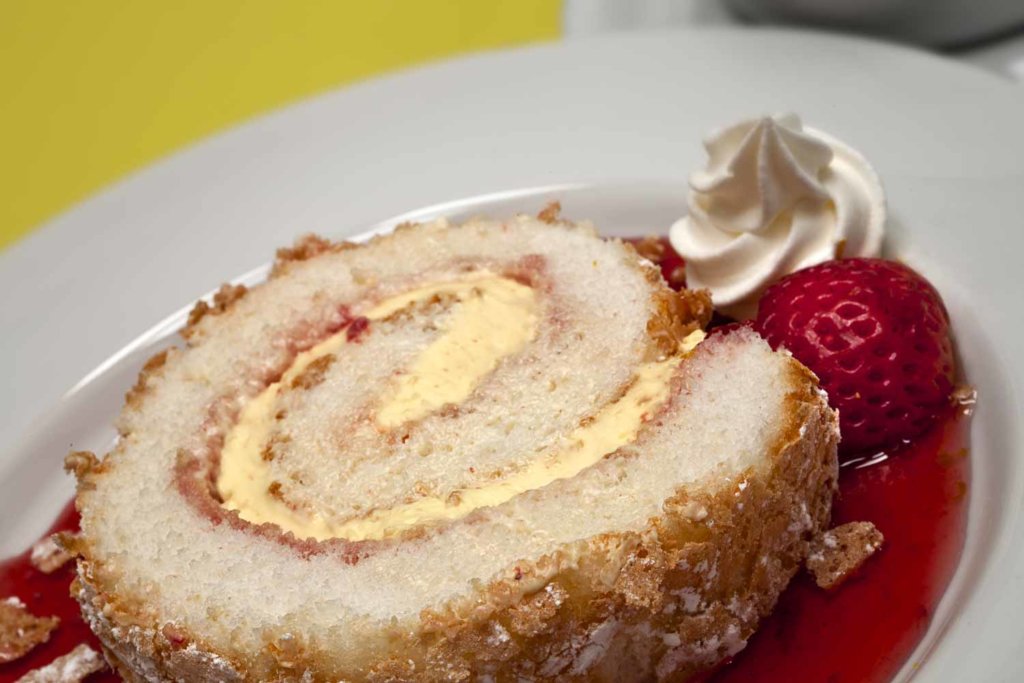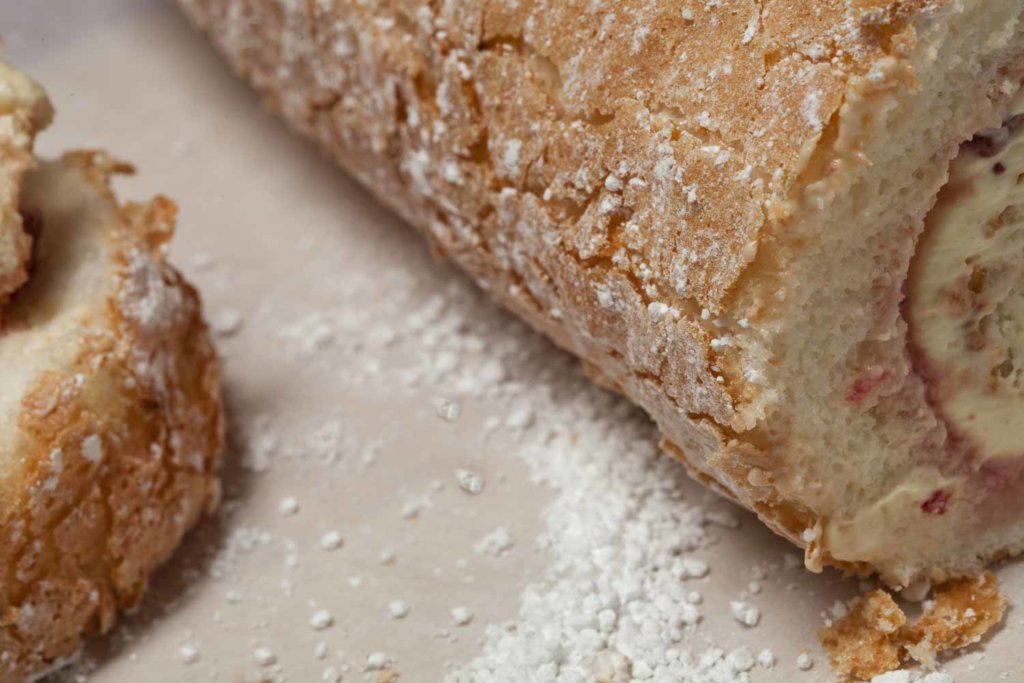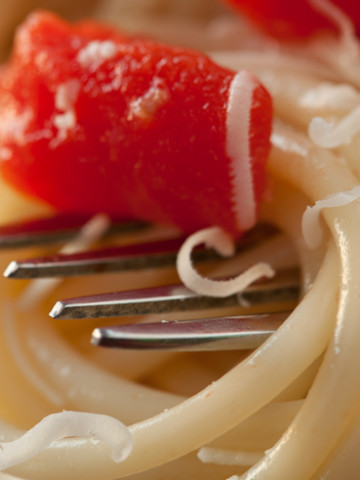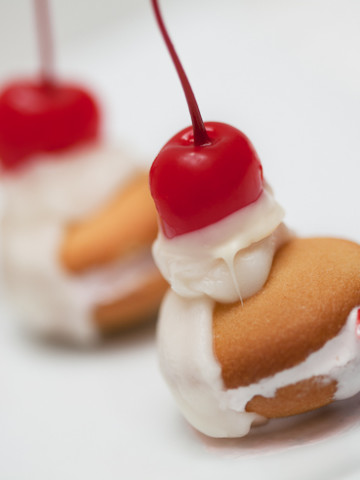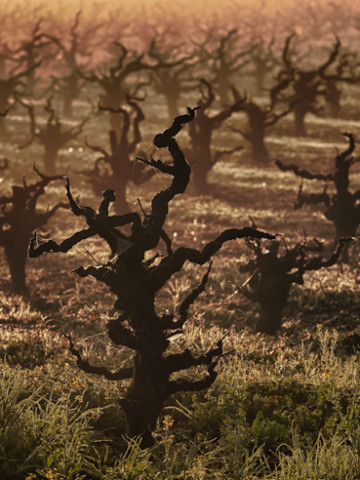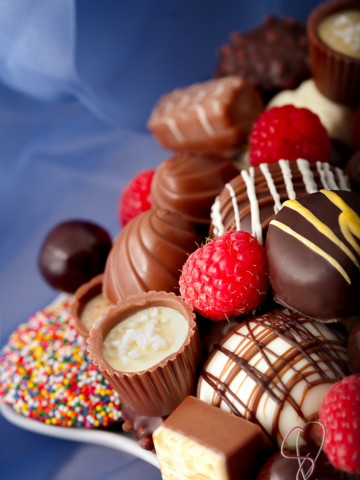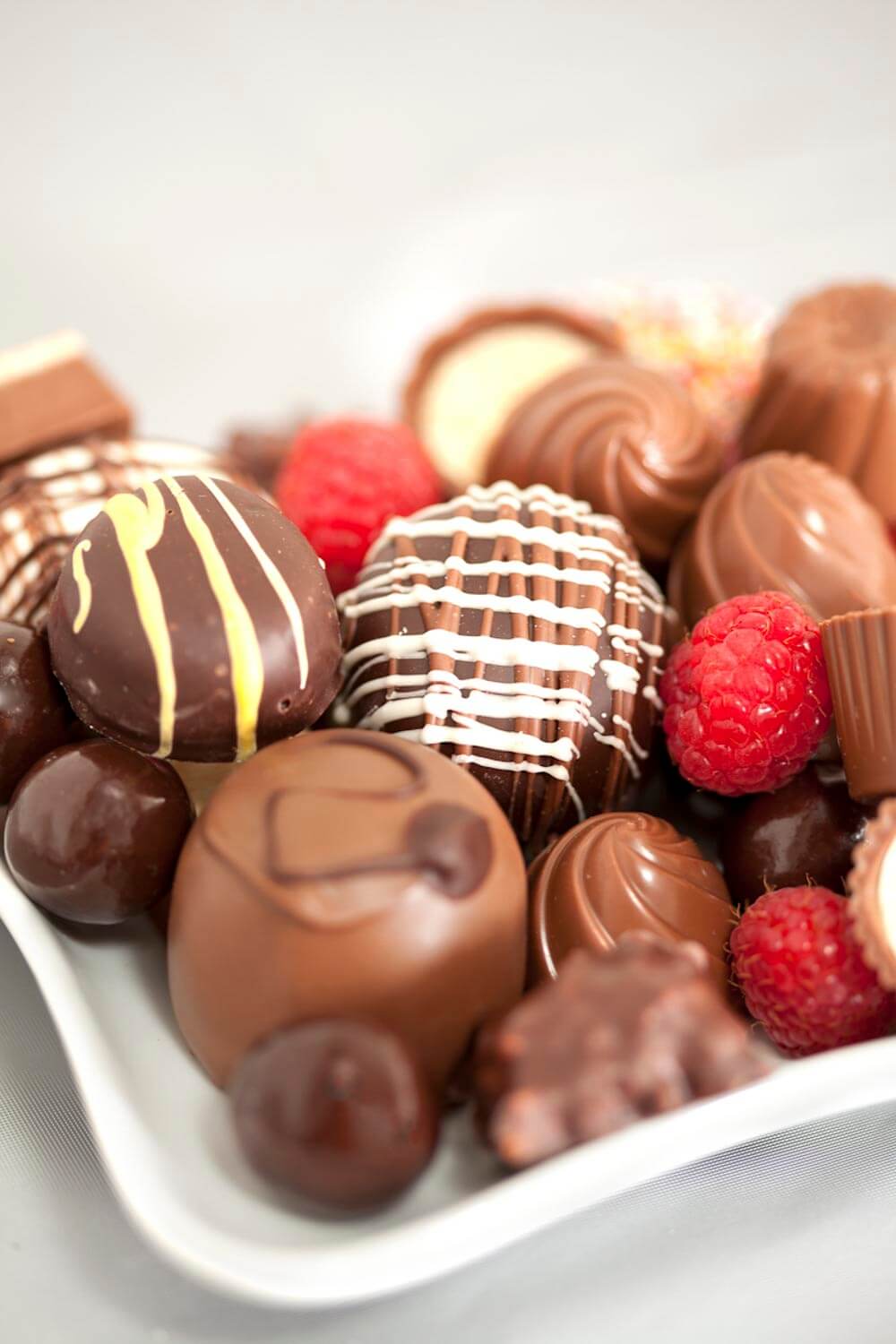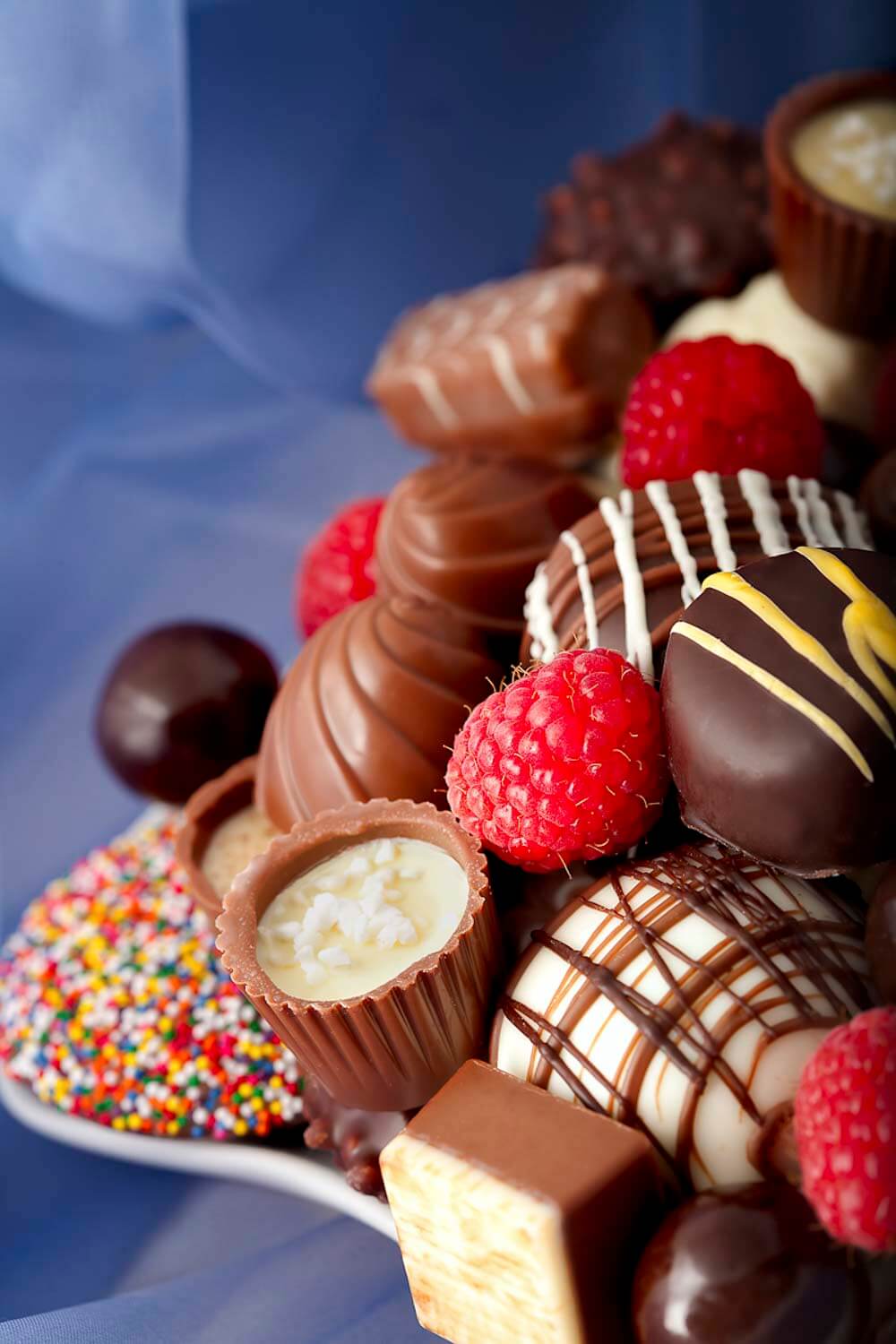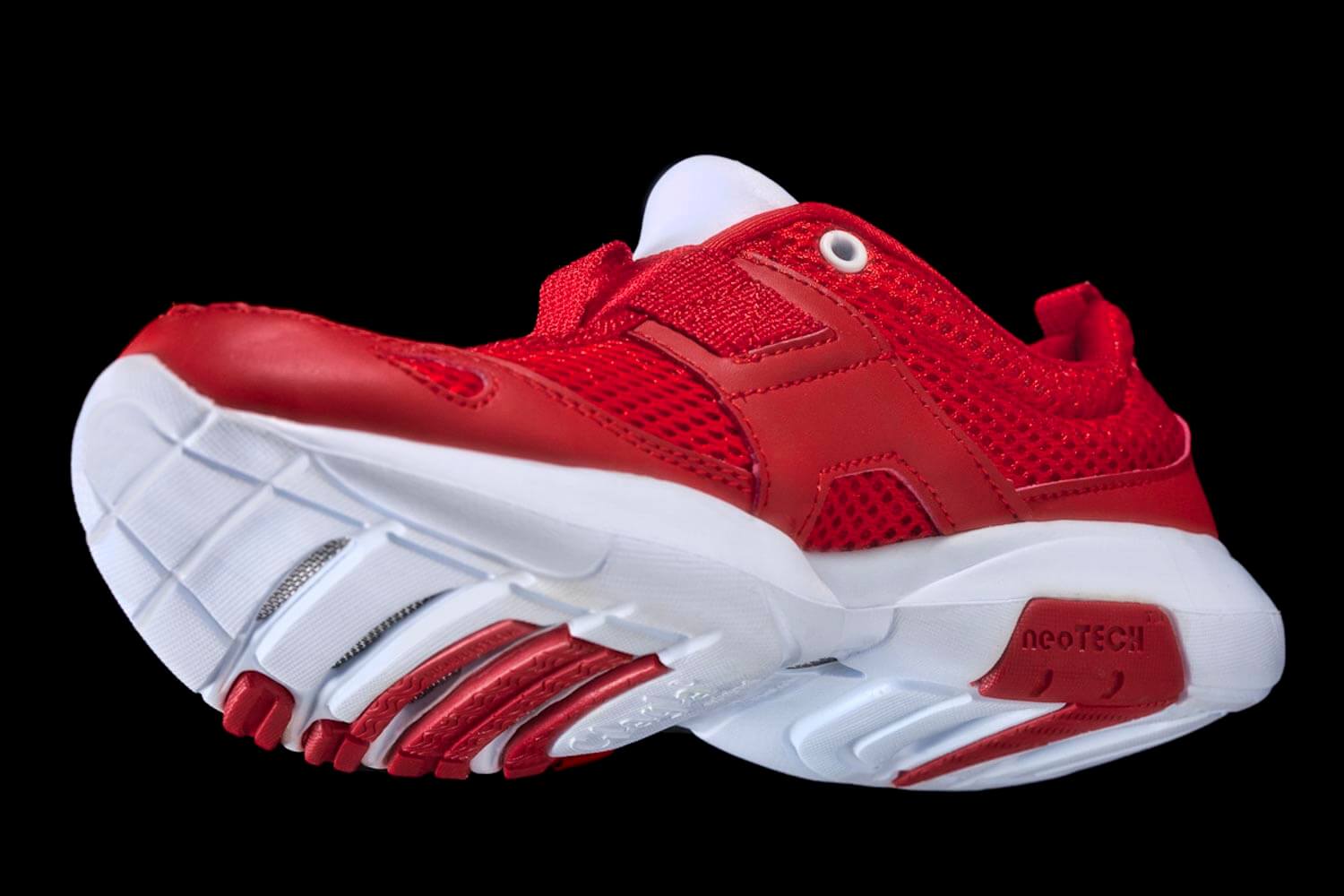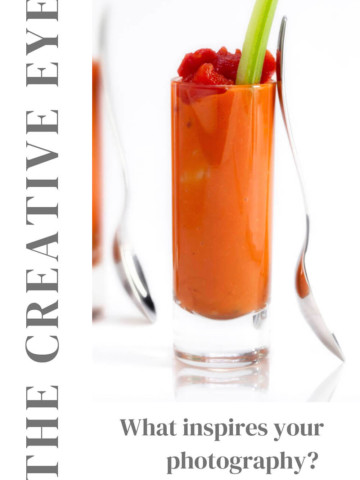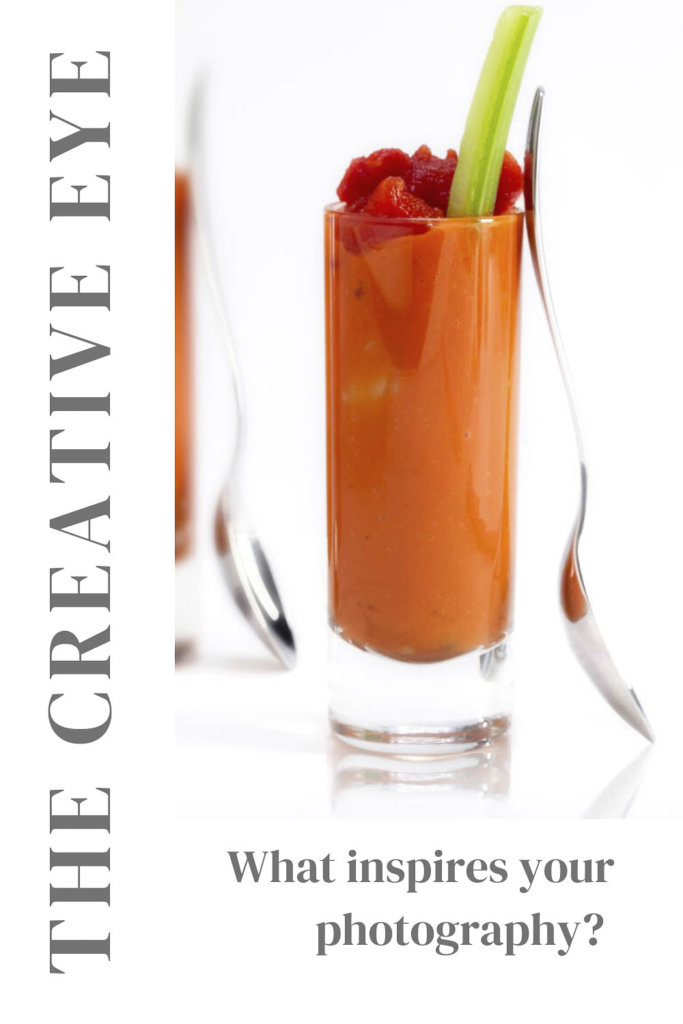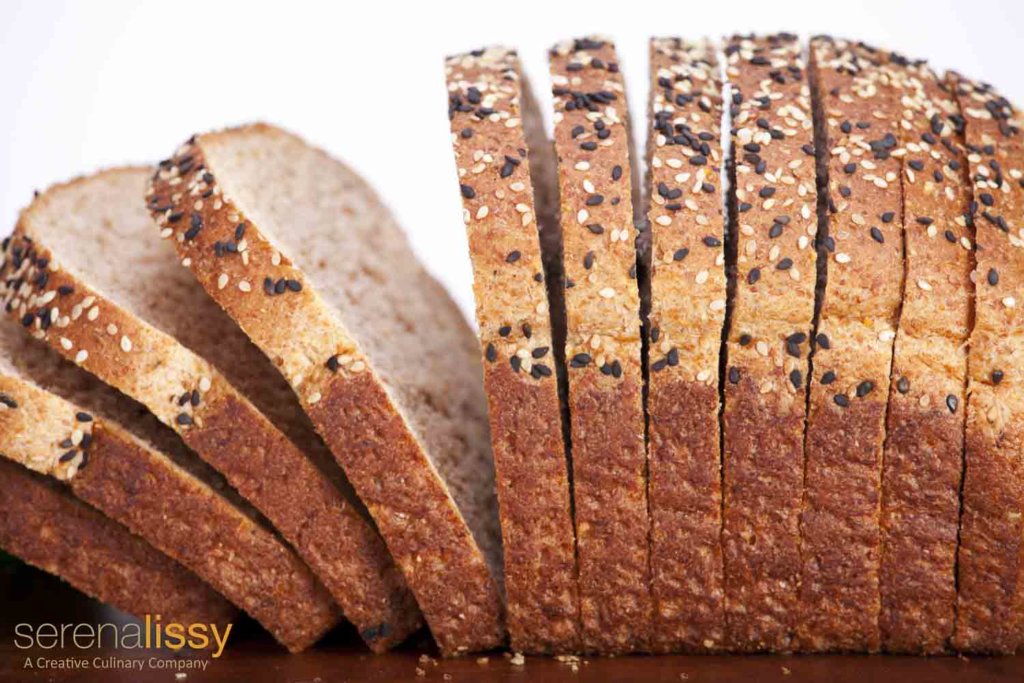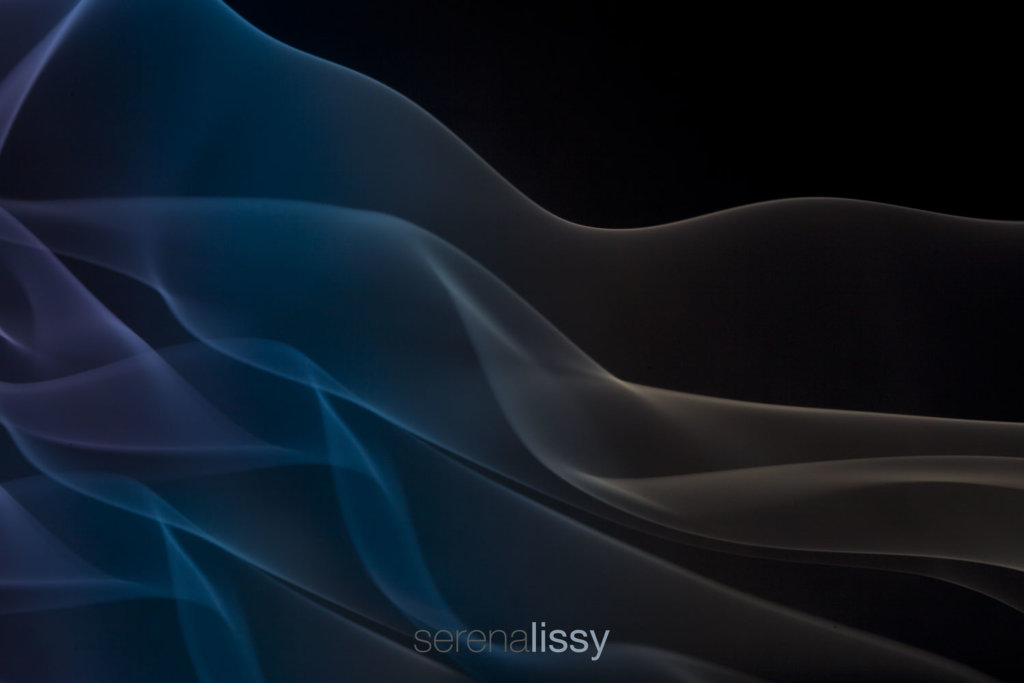Food styling is a difficult art form. I enjoy the creativity of it, but it takes practice to master. The right way to style food is knowing how to make the dish look and taste good!
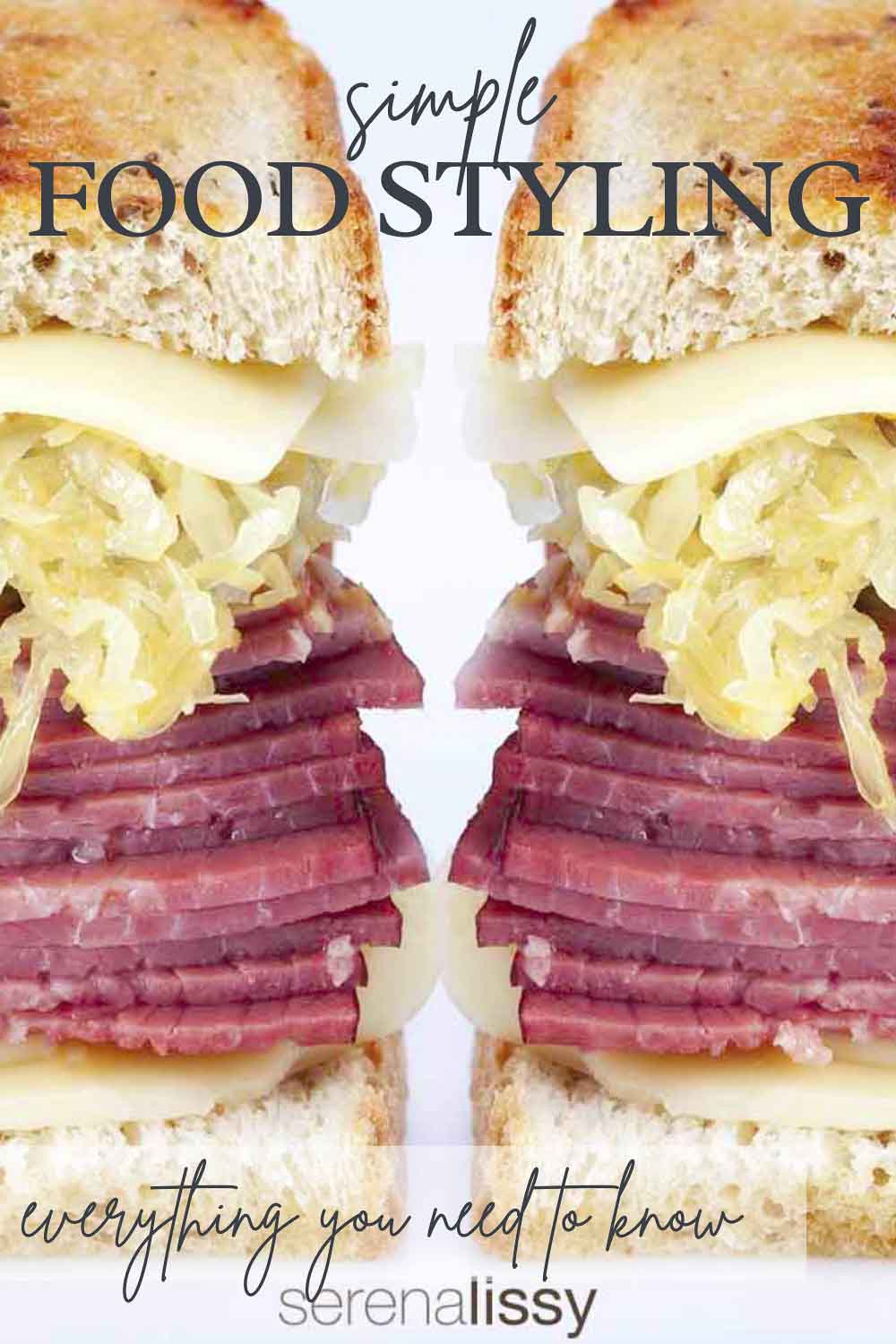
There are so many ways in which one can style food: with forks, knives, chopsticks, fingers; on plates or bowls or platters; over a bed of lettuce leaves or wrapped up in rice paper rolls. Napkins, plates, table tops; It's all about what best suits your dish and its desired presentation.
When I am photographing it, the only part of my focus is on the side or piece that will be photographed. Before shooting, I like to sketch out a rough image in either my mind or by drawing it on paper and then figure out what props would work best for each photograph with this specific picture in mind. For example, if the photo needs to show off the front of the dish being eaten, I might serve something more appetizing than if it was meant to capture someone's hand scooping up food from a bowl.
The key to expertly styling food is in the details. Learning what else you need beside the food is key to success. Food is a sensuous product and needs to appeal to all five of the senses in order to make it extra desirable.
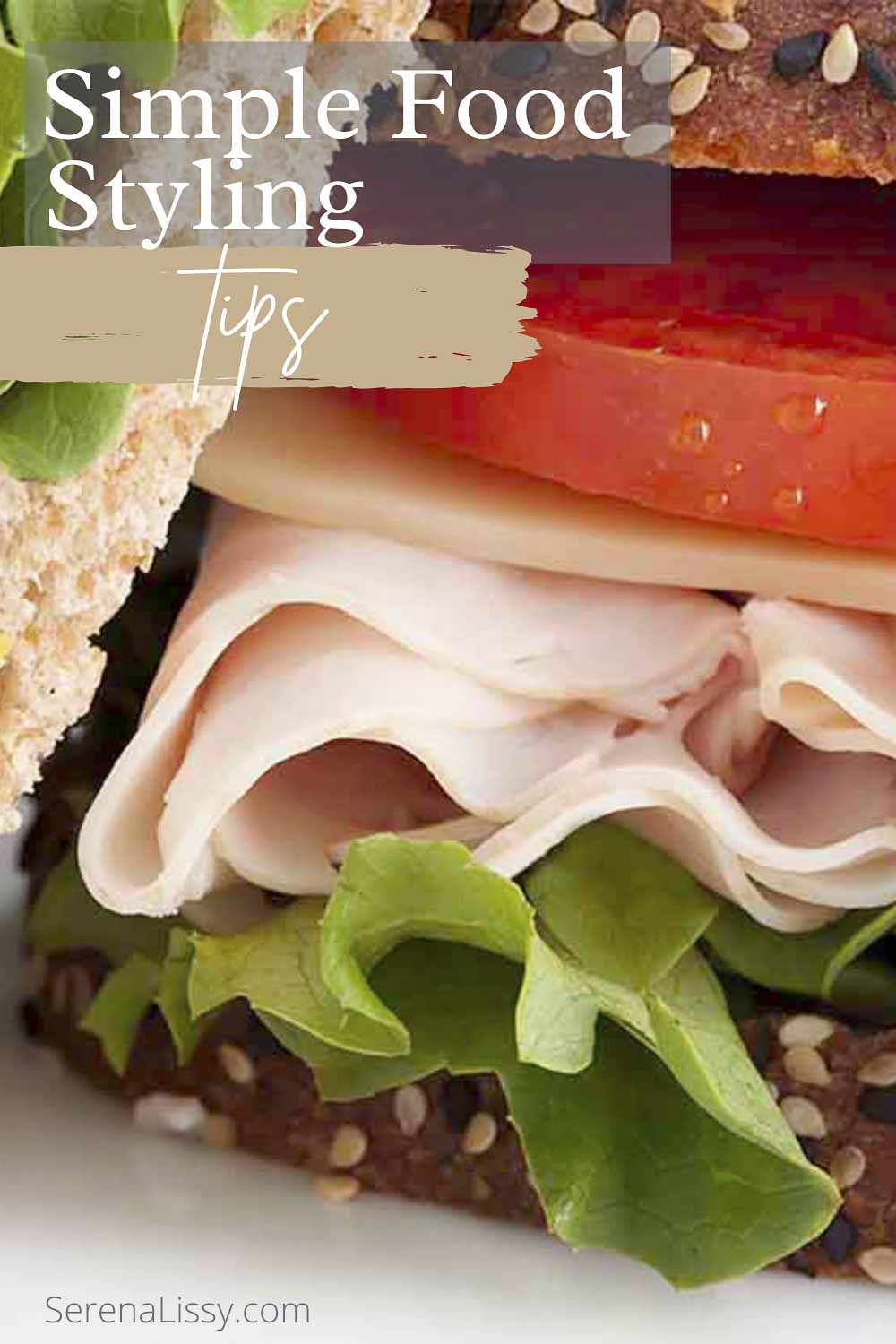
Live View
I will also use the Live View feature of my camera. It helps me to see how the camera sees the setup. This is also helpful to quickly edit what is in the scene. Are all the garnishes showing up how I wanted them? Is the fork in the right spot...etc... This is just a quick way to frame the image. I like to think of it as my "on the go" composition step. Once I'm good with the composition, I then turn off the Live View feature and continue with the job.
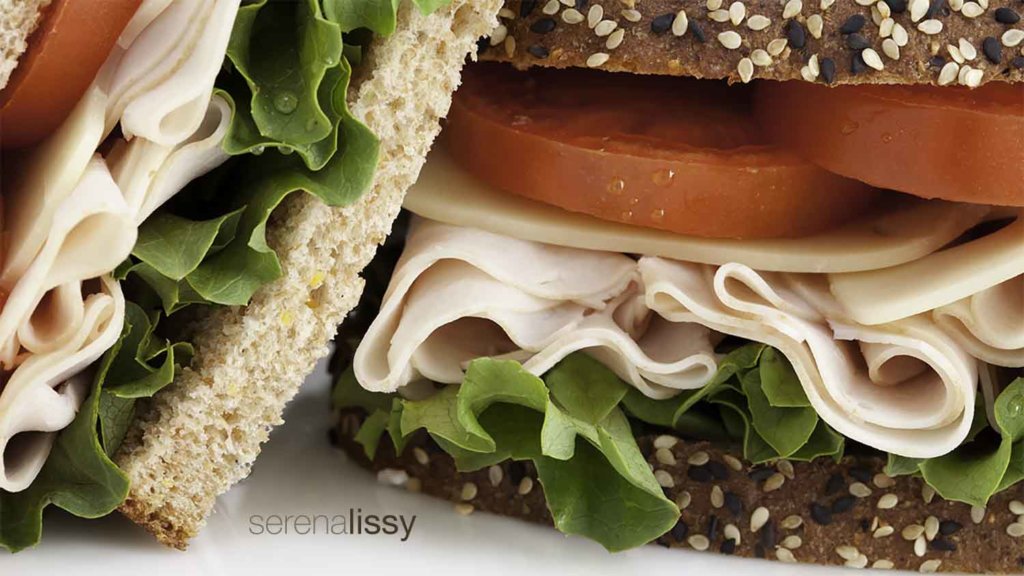
Does Your Food Styling Show the Hero of the Image?
Also when photographing food, it is important to showcase what is being sold. We recently photographed sandwiches for a local deli. For this project the sandwiches were the most important piece. So for all the images, the food styling request was that the sandwich needed to be the most abundant food in the image. The goal was to keep it simple and show off the sandwich.
Show Off Your Food's Best Assets
You can see in these images all the food is extremely fresh and was just created before the photograph. The lettuce has no wilt, the tomatoes are large, red and juicy. The sauerkraut is fresh and not watery or leaking juices. The perfect crisp on the top of the bread.
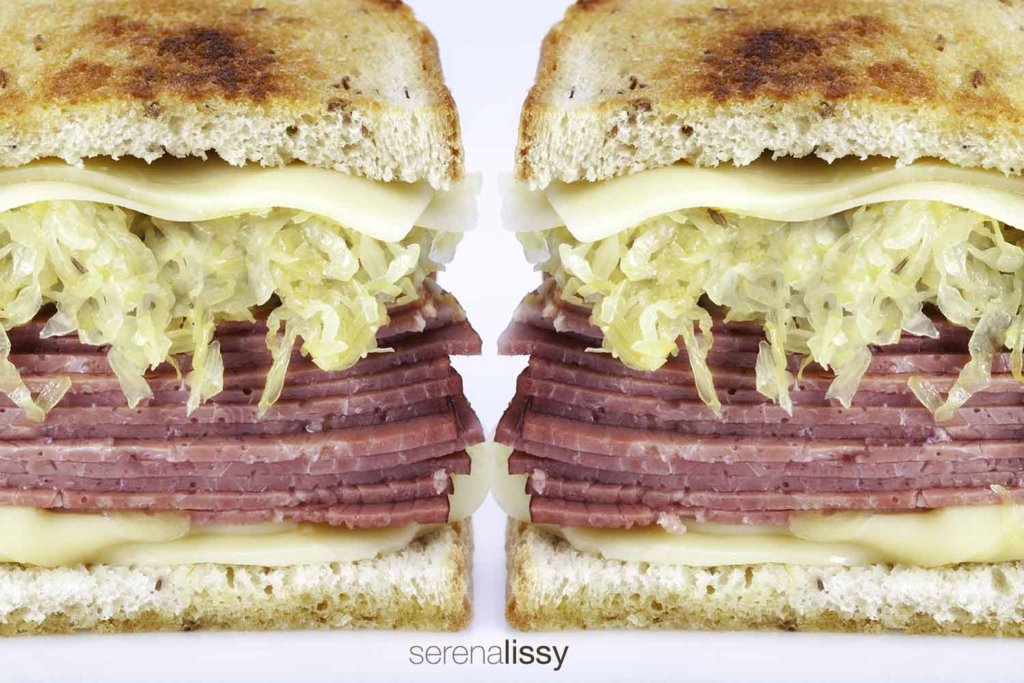
Be Creative With Your Food Styling
Once we finished the job for the client, we then went to play with other compositions for the sandwiches. This is where the creativity really comes into play. It's amazing how many different ways you could showcase a sandwich. The choices were unlimited:
- Black Background
- White Background
- Traditional Sandwich
- Creative Shot with a bite
- On a plate with chips
- Utensils in the image
- Decorative napkins or plates
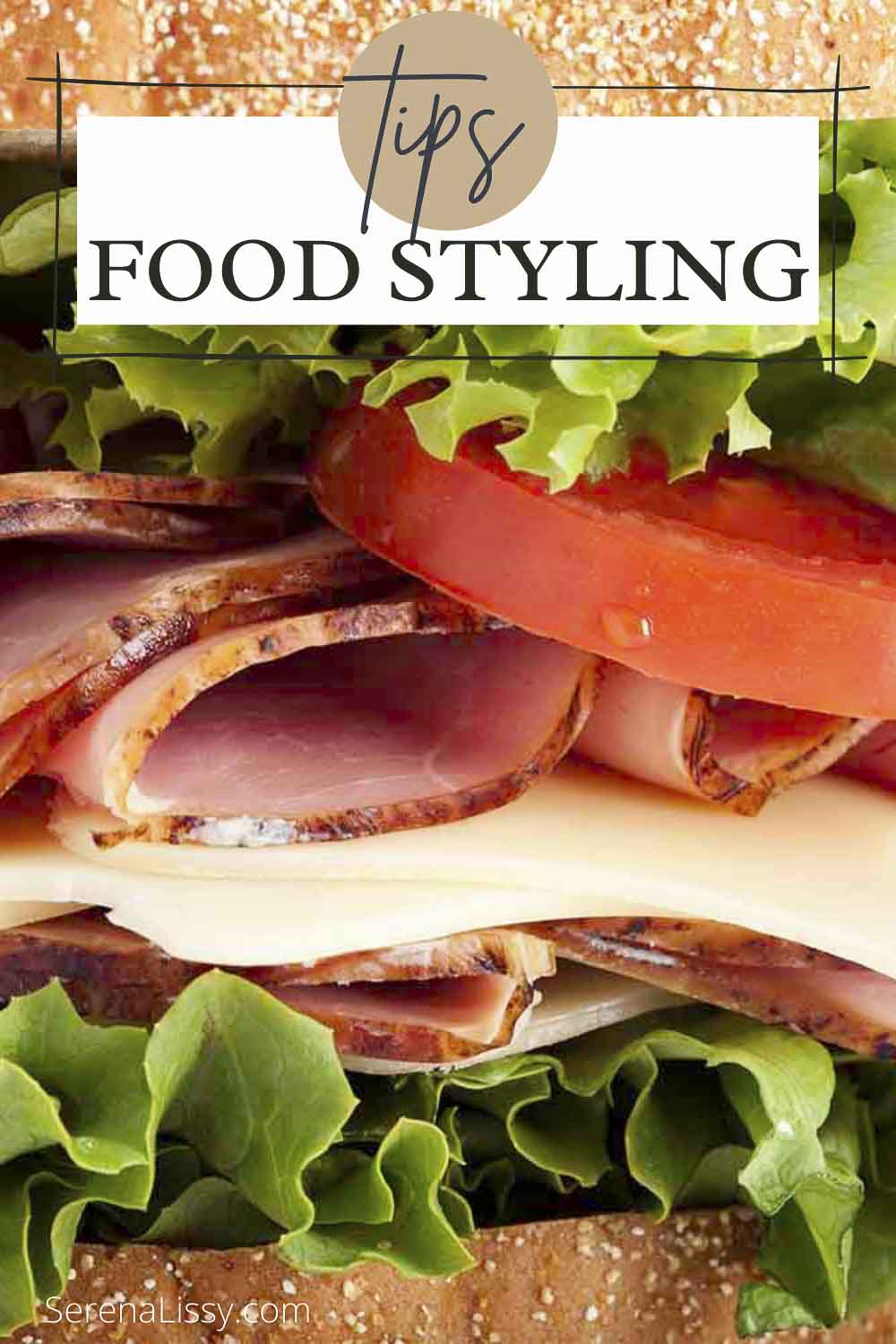
Be Swift
Food doesn't age well. So you have to be quick with your images. That's why it's important to have everything planned out in advance. You don't want to lose the magic moment having to deal with bad food styling or fixing things you didn't think about.
Do You Have Everything You Need in the Image?
As you see from all the images, there was no one way to create this image. The most important piece during styling is that everything that ends up in the image, was meant to be there. A crumb on the plate, was put there specifically for the image. A fork dug into the food, makes it look more real and attainable to the viewer. Sometimes it adds balance to the photograph. These are such small details, but so important to a successful photograph.
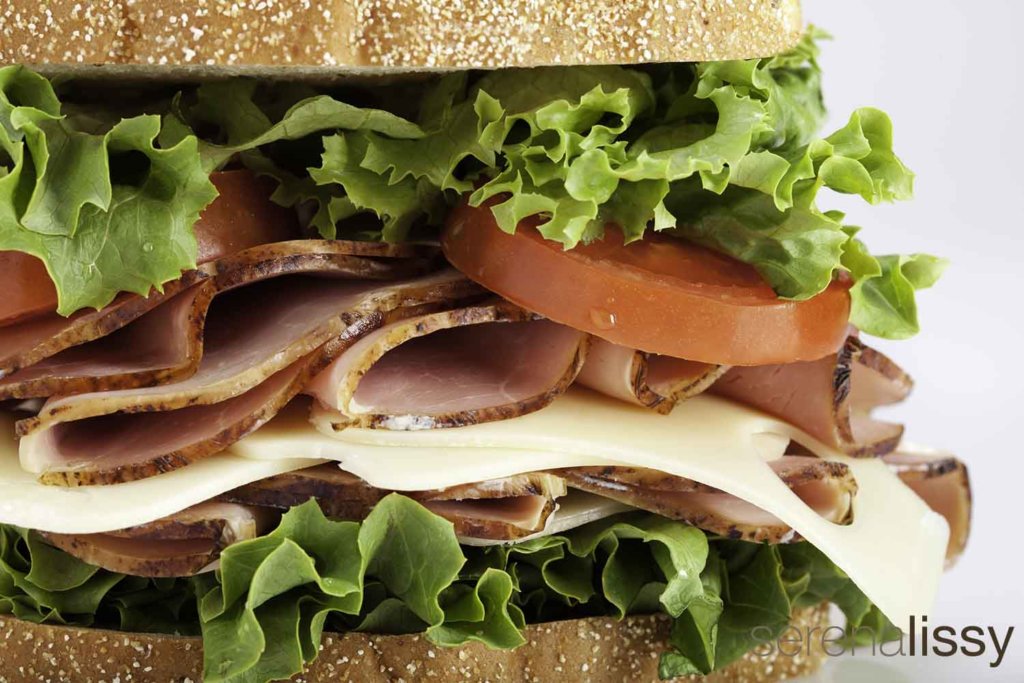
Cooking is Not Enough
Cooking is not enough. To be a successful food blogger, you need to know about the best camera settings, lighting and editing techniques. You also need to know how to stylize your dishes for perfect photos that will attract readers online.
As a food blogger, it's more than just cooking up fantastic recipes and getting them out there on social media. You have to make sure your blog has the perfect photography and styling skills too! If you want to learn a bit more about food photography we have a great series on the website giving you some great skills.
Great Food Styling Books
- One of my favorites is The Food Stylists Handbook, by Denise Vivaldo
- Food Styling: The Art of Preparing Food for the Camera, by Delores Custer
As an Amazon Associate and member of other affiliate programs, I earn from qualifying purchases. What that means is if you click on one of our affiliate links, they may toss a few pennies our way for a commission.


